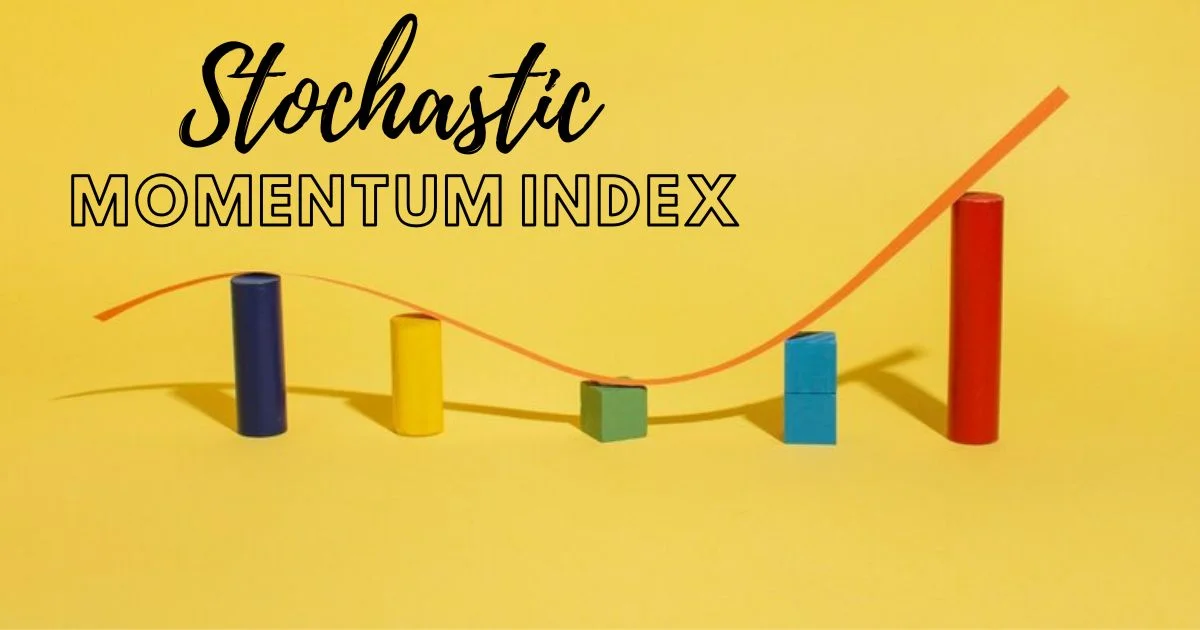In the realm of technical analysis, the stochastic momentum index (SMI) stands out as a powerful tool for traders and investors alike. But what exactly is the (SMI) and how can it be used to enhance trading strategies? Join us as we delve into the intricacies of the SMI, exploring its definition, calculation, interpretation, and practical applications.
What is the Stochastic Momentum Index?
The stochastic momentum index (SMI) is a technical indicator used to identify overbought or oversold conditions in a security’s price. It combines elements of the stochastic oscillator and the moving average to provide a more robust signal of price momentum.
How is the Stochastic Momentum Index Calculated?
The SMI is calculated using a formula that compares the closing price of a security to its price range over a specified period, typically 14 periods. The result is a percentage value that oscillates between 0 and 100, with readings above 80 indicating overbought conditions and readings below 20 indicating oversold conditions.
Interpreting the Stochastic Momentum Index
Overbought Conditions
When the SMI rises above the 80 threshold, it suggests that the security may be overbought, meaning that buying pressure has pushed prices higher than their intrinsic value. Traders may interpret this as a signal to sell or take profits to avoid potential reversals.
Oversold Conditions
Conversely, when the SMI falls below the 20 threshold, it indicates that the security may be oversold, implying that selling pressure has driven prices lower than their intrinsic value. Traders may view this as a buying opportunity, anticipating a potential rebound in prices.
Practical Applications of the Stochastic Momentum Index
Identifying Trend Reversals
One of the primary uses of the stochastic momentum index is to identify potential trend reversals in a security’s price. By monitoring overbought and oversold conditions, traders can anticipate shifts in momentum and adjust their trading strategies accordingly.
Confirming Price Movements
Users can also use the SMI to confirm price movements and validate other technical indicators. For example, if a security’s price is trending higher, but the SMI remains below the overbought threshold, it may signal underlying weakness in the trend.
Limitations of the Stochastic Momentum Index
Whipsaw Signals
Like any technical indicator, the (SMI) is not immune to false or whipsaw signals, especially in choppy or range-bound markets. Traders should use additional confirmation tools and exercise caution when relying solely on the SMI for trading decisions.
Lagging Indicator
The SMI is a lagging indicator, meaning that it may not provide timely signals during rapidly changing market conditions. Traders should supplement SMI analysis with other leading indicators to anticipate price movements more accurately.
Conclusion
The stochastic momentum index is a valuable tool for traders seeking to identify overbought or oversold conditions in a security’s price and anticipate potential trend reversals. By understanding how to calculate, interpret, and apply the SMI effectively, traders can enhance their technical analysis skills and make more informed trading decisions.
FAQs
Can we use the Stochastic Momentum Index for Long-Term Investing?
While traders primarily use the (SMI) for short-term trading, investors can also apply it to long-term investing strategies. Long-term investors may use the SMI to identify favorable entry or exit points for building or rebalancing their portfolios.
What Time Frame is Best for Using the Stochastic Momentum Index?
The optimal time frame for using the (SMI) depends on the trader’s trading style and objectives. Short-term traders may prefer shorter time frames, such as intraday or daily charts, while longer-term investors may utilize weekly or monthly charts for trend analysis.
Can we customize the Stochastic Momentum Index?
While the basic calculation of the (SMI) remains the same, traders can customize the indicator by adjusting the lookback period or smoothing parameters to better suit their trading preferences and objectives.
Is the Stochastic MomentumIndex Suitable for Novice Traders?
The (SMI) can be a useful tool for novice traders, but it requires a solid understanding of technical analysis concepts and market dynamics. Novice traders should start by familiarizing themselves with the basics of the SMI and practice using it in simulated or demo trading environments before applying it to live markets.

